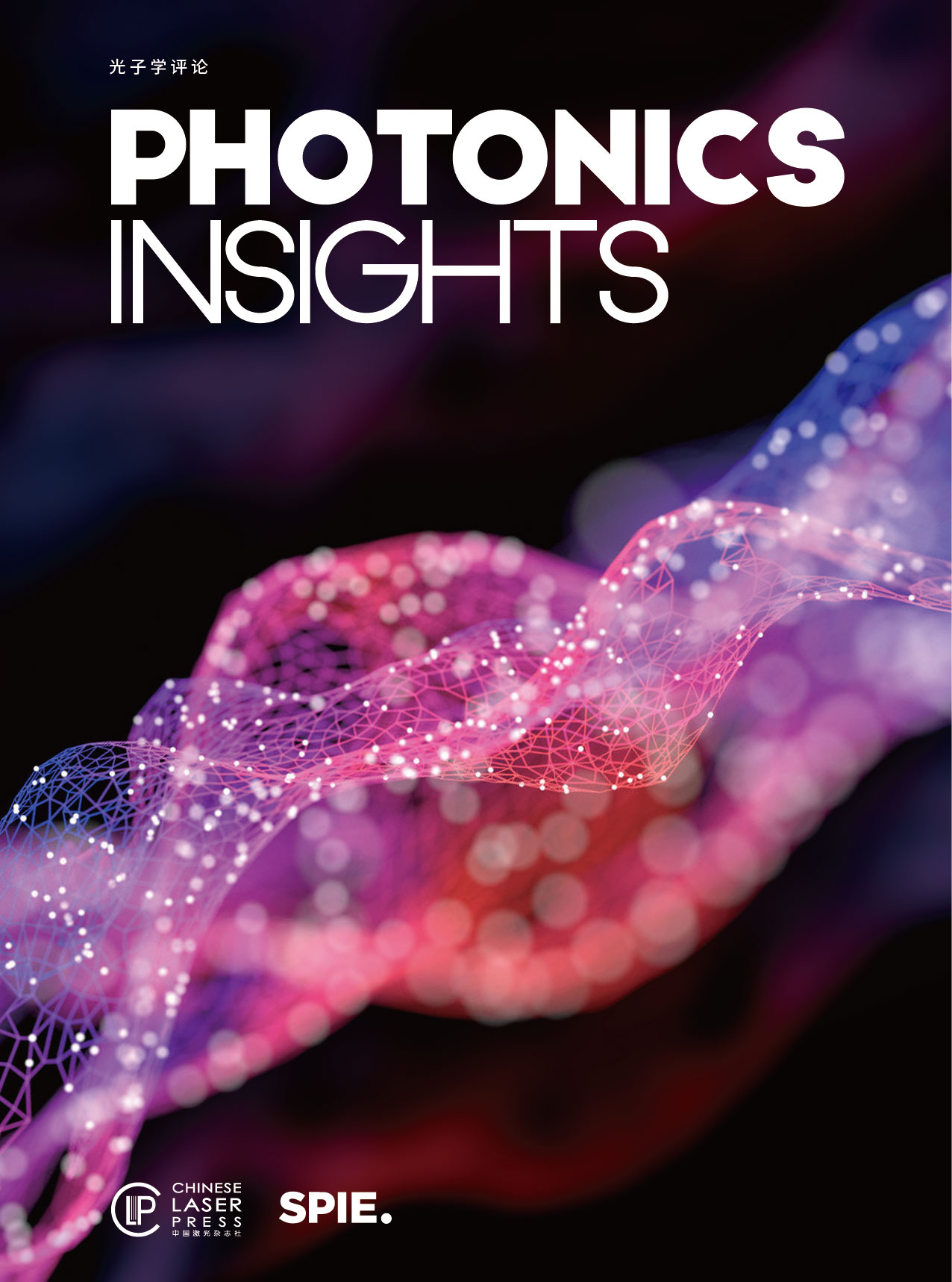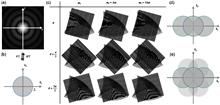 View fulltext
View fulltext
Among super-resolution microscopy techniques, structured illumination microscopy (SIM) shows great advances in low phototoxicity, high speed, and excellent performance in long-term dynamic observation, making it especially suitable for live-cell imaging. This review delves into the principles, instrumentation, and applications of SIM, highlighting its capabilities in achieving high spatiotemporal resolution. Two types of structured illumination mechanics are employed: (1) stripe-based SIM, where the illumination stripes are formed through interference or projection, with extended resolution achieved through Fourier-domain extension; (2) point-scanning-based SIM, where illumination patterns are generated through the projection of the focal point or focal array, with extended resolution achieved through photon reassignment. We discuss the evolution of SIM from mechanical to high-speed photoelectric devices, such as spatial light modulators, digital micromirror devices, galvanometers, etc., which significantly enhance imaging speed, resolution, and modulation flexibility. The review also explores SIM’s applications in biological research, particularly in live-cell imaging and cellular interaction studies, providing insights into disease mechanisms and cellular functions. We conclude by outlining the future directions of SIM in life sciences. With the advancement of imaging techniques and reconstruction algorithms, SIM is poised to bring revolutionary impacts to frontier research fields, offering new avenues for exploring the intricacies of cellular biology.
Loss is usually considered a problem for photonics, which can seriously deteriorate the performance of most optical devices, and thus has to be suppressed. However, in non-Hermitian passive optical systems without gain, when both eigenvalues and eigenvectors coalesce to form exceptional points (EPs), the addition of loss may, counterintuitively, bring unique advantages, such as improved noise resistance and more stable operation. In this review, we first briefly introduce the underlying mechanisms leading to passive EPs and then examine several implementations based on different electromagnetic structures, including cavities, waveguides, and metasurfaces. We highlight the introduction of losses in each case and discuss their benefits. Finally, we also provide our thoughts on the current limits for those passive realizations as well as potential future projects.












